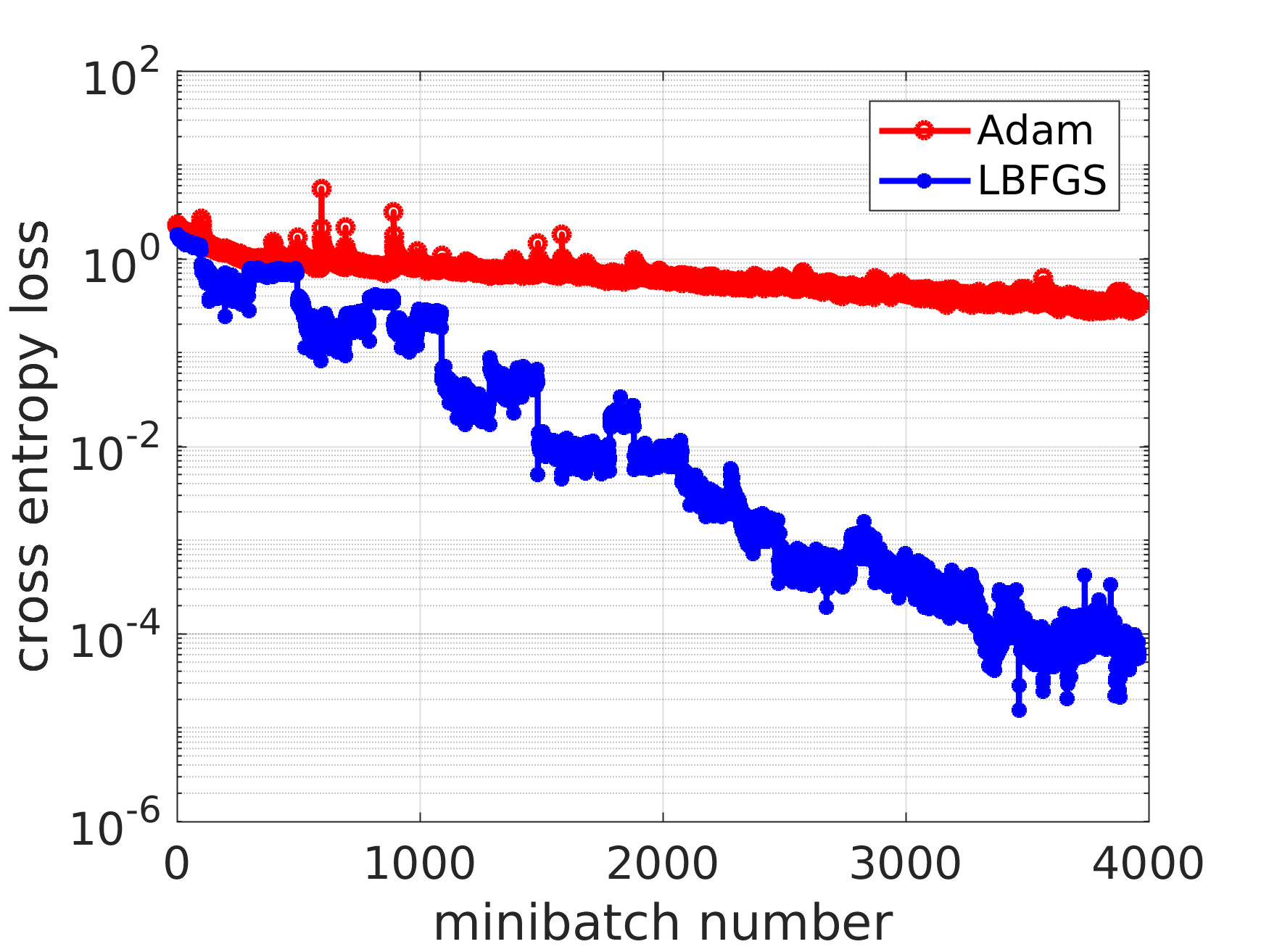Daily Image
12-09-2019Can radio astronomy improve machine learning?
| Submitter: | Sarod Yatawatta |
| Description: | Machine learning, especially deep learning, is becoming ever more ubiquitous in various applications, including radio astronomy. We present a 'rare' counterexample of this trend. SAGECal has been using and developing many non-linear optimization routines for calibration of radio interferometric data. As part of the distributed radio astronomical computing (DIRAC) project, together with the Netherlands eScience Center, we have recently developed a novel 'stochastic' limited memory Broyden Fletcher Goldfarb Shanno (LBFGS) algorithm. The main use of this is to calibrate radio interferometric data without any averaging, and thus keeping weak and fast varying signals intact. With this stochastic calibration scheme, we can detect and remove very faint radio interference, therefore yielding much cleaner data than ever before. An additional use of this novel LBFGS algorithms is training deep neural networks. We have added this routine to PyTorch: a popular machine learning software. In the figure, we show the performance of LBFGS compared with a widely used first order training algorithm (Adam). The network used in this example is ResNet-18, having over 11 million parameters. We clearly see the faster convergence (reduction of training error) of LBFGS compared to Adam. Therefore, the stochastic LBFGS routine that we have developed will benefit many other machine learning applications beyond radio astronomy. So, can radio astronomy improve machine learning? The resounding answer is: Yes! |
| Copyright: | Sarod Yatawatta |
| Tweet |  |
